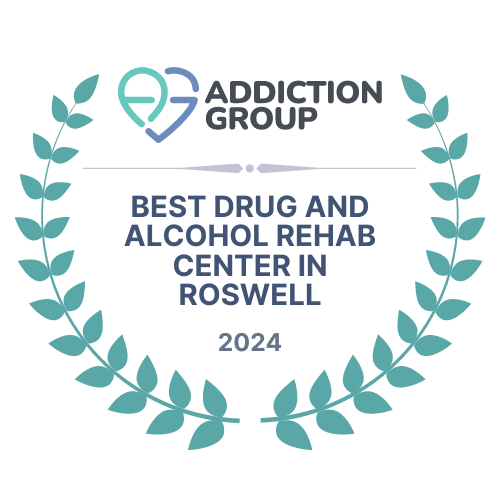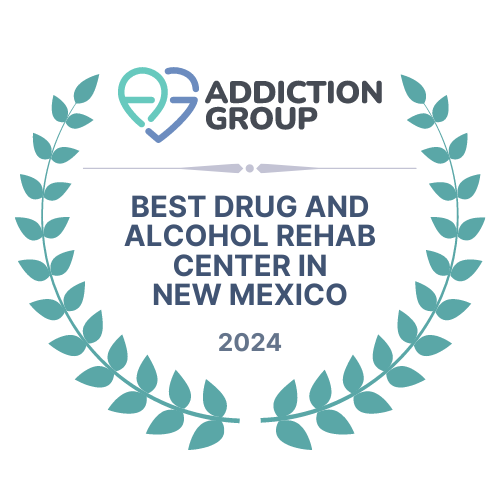The transition from incarceration back into society is often fraught with countless challenges, from rebuilding relationships to securing stable employment. Yet, one of the most pressing concerns that many former inmates face is the risk of relapsing into substance use. This concern isn’t unfounded; the weeks and months immediately following release mark a perilously vulnerable period, with the risk of overdose death being significantly higher. Thankfully, Medication-Assisted Treatment (MAT), and particularly the use of Suboxone, is emerging as a pivotal bridge to support inmates post-release, enhancing their chances of successful reintegration.
The Vulnerability of Post-Release
Inmates with a history of opioid use disorder (OUD) are especially susceptible post-release. The reasons are manifold: a lowered tolerance after abstaining in prison, the emotional and psychological pressures of reintegrating, and the lack of a support system can all play a role. Many often return to environments where drug use is rampant, further heightening the risk of relapse.
Medication-Assisted Treatment: A Glimmer of Hope
MAT, which combines medications like Suboxone with counseling and behavioral therapies, offers a comprehensive approach to treat OUD. Unlike abrupt cessation or purely abstinence-based approaches, this therapy focuses on holistic recovery, addressing both the physiological and psychological aspects of addiction.
How Suboxone Makes a Difference:
- Managing Cravings: Suboxone, a combination of buprenorphine and naloxone, is effective in suppressing the debilitating cravings that can derail recovery efforts. By acting on the same receptors as opioids, it provides relief without the associated high.
- Preventing Overdose: The unique formulation of Suboxone offers a safety net. Its ceiling effect ensures that after a specific dosage, its effects plateau, which significantly reduces the chances of a fatal overdose.
- Promoting Stability: Regular doses of Suboxone can help individuals maintain a stable state, free from the debilitating peaks and troughs of opioid use. This stability is essential for pursuing employment, rebuilding relationships, and reintegrating into society.
Bridging the Gap: Real-Life Impact
John, a former inmate, recounts his experiences, “After my release, the world outside felt overwhelming. I was tempted to go back to using, to escape the pressures. But being on Suboxone changed things. Not only did it manage my cravings, but it also gave me the clarity to seek counseling and join a support group. It felt like a safety net, allowing me to rebuild my life piece by piece.”
John’s story isn’t unique. Many former inmates, when supported by MAT programs that utilize Suboxone, find the strength to resist relapse, seek support, and work towards a brighter future.
The Roadblocks to MAT Post-Incarceration
Despite its evident benefits, many inmates face barriers in accessing MAT upon release. Some common challenges include:
- Stigma: Misconceptions abound regarding it, with many believing it merely replaces one addiction with another. This can deter inmates from seeking help and support.
- Access: Not all areas have readily available programs, leaving many former inmates without the necessary resources to initiate or continue treatment.
- Cost: The financial aspects can be prohibitive for some, especially given the employment challenges many face post-release.
The Path Forward
Recognizing the profound impact of this treatment, especially Suboxone, can have on post-release outcomes, there’s a pressing need to enhance accessibility. This means:
- Educating Inmates: Offering information about MAT, its benefits, and available resources while individuals are still incarcerated can lay the groundwork for post-release success.
- Strengthening Support Networks: Collaborating with community organizations to ensure that former inmates have access to counseling, therapy, and peer support can enhance it’s effectiveness.
- Policy Changes: Advocacy efforts can drive policies that ensure MAT is affordable, accessible, and a core part of post-release programs.
Conclusion
As we grapple with the multifaceted challenges of reintegration post-incarceration, it’s evident that the medical and emotional needs of former inmates cannot be sidelined. Suboxone, as part of a broader MAT strategy, offers hope and tangible results. It not only acts as a medical intervention but serves as a bridge, supporting individuals in their journey from incarceration to successful societal integration. It’s high time this bridge is strengthened, broadened, and made accessible to all those in need.
The award-winning staff at Renew Health is here to offer support on your journey to integration and recovery. Reach out if you have any concerns or questions.








